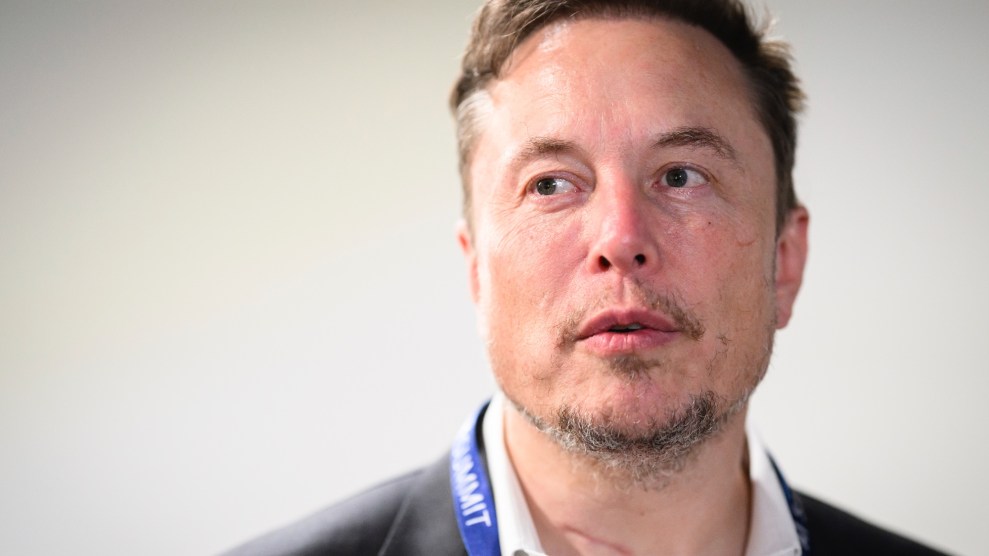In a new paper, Benjamin Jones and Larry Summers introduce a novel method of calculating the returns to innovation. Their conclusion is simple:
Overall, we find that the average social returns to innovation investments appear very large….Even under very conservative assumptions, it is difficult to find an average return below $4 per $1 spent. Accounting for health benefits, inflation bias, or international spillovers can bring the social returns to over $20 per $1 spent, with internal rates of return approaching 100%.
I don’t find this especially surprising. Here is GDP per capita in a long historical view:

From the year 0 through 1700, there was very little innovation and very little growth. Over the next couple of centuries, innovation picked up a bit and so did growth—a bit. Then, around 1870, with the Industrial Revolution well under way and electrification around the corner, innovation became a single-minded goal in the Western world, not just the occasional product of a solitary genius. The result of this has been a 10x increase in GDP per capita. In the Western world, the increase has been considerably bigger.
Putting a number to this is interesting, but what’s more important at this point—since everyone agrees on the importance of innovation—is figuring out where innovation comes from. For example, do big multinational corporations produce most of our innovation from their well-oiled R&D teams, or are small, scrappy startups responsible for most of it? I would personally like to believe in the scrappy startups, but there’s a fair amount of evidence suggesting that large firms in concentrated industries produce a considerable amount of innovation too (for example, see here, here, and here).
Whatever the answer, innovation is the key to growth, and the Jones-Summers paper merely confirms this and puts a value to it. The real debate is over what public policies we should follow to maximize innovation, and that’s still an open question.


















